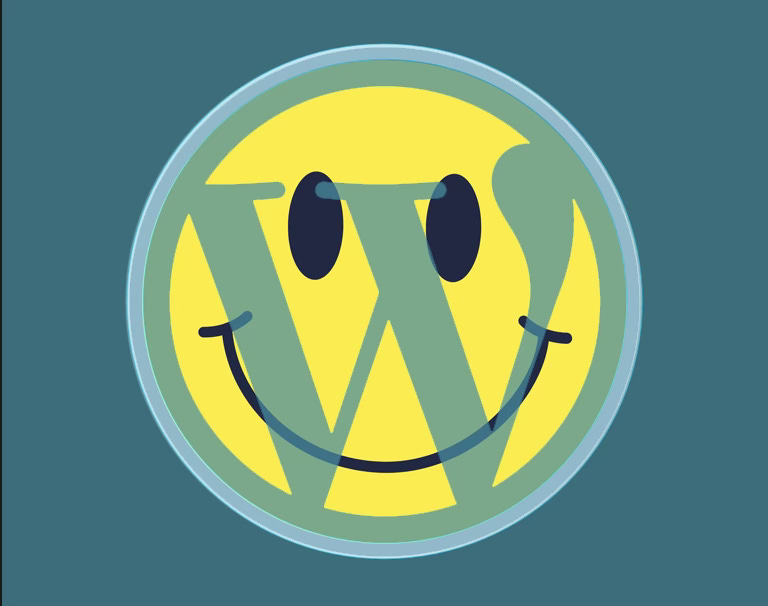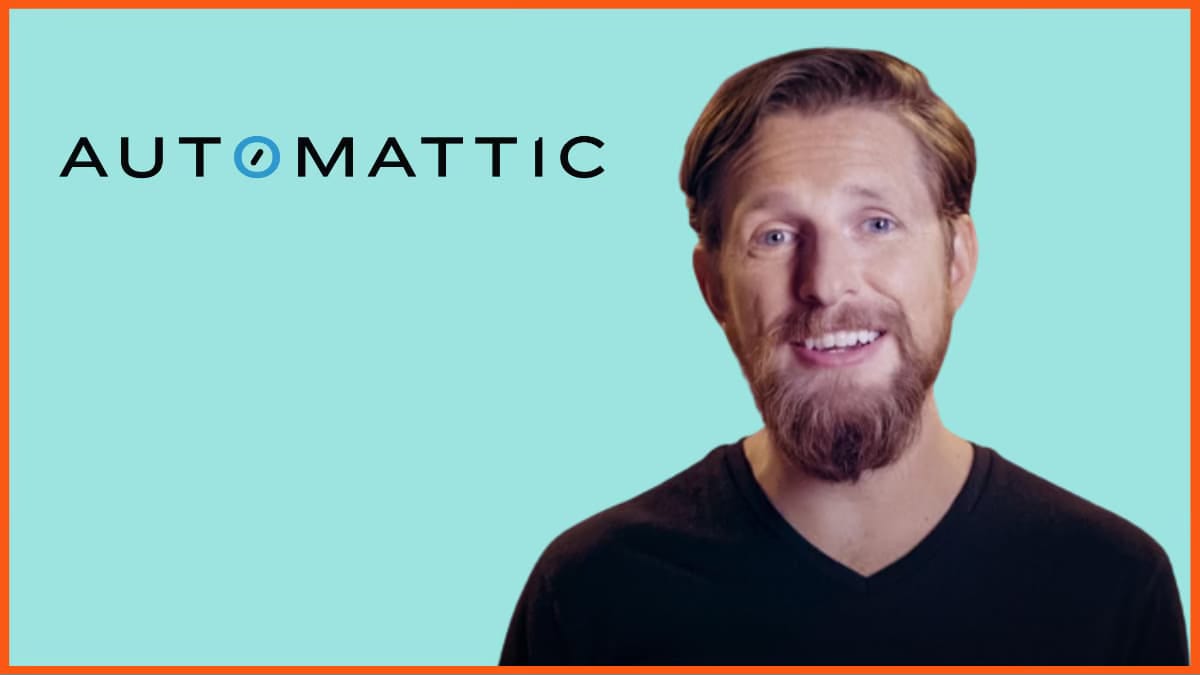Disrupt WordPress
Matt has a once-in-a-lifetime chance to catapult WordPress to the next level.
WordPress = Happiness?
WordPress has always been a warm, fuzzy, friendly, welcoming place, at least for me, for the past 14 years.
A place where you can go and hang out with friends, learn for free. Automattic is also a purveyor of happiness; they even have happiness engineers(!) and allow WFH, and spread general goodwill in many ways. I remember the first time I built and hosted my own WordPress site –– it felt like magic, still does.
The WordPress platform is supported by AUTOMATTIC, a for-profit company that manages, supports and extends WordPress into the enterprise quality platform that it is today. Automattic has over 1,000 employees, and is led by WordPress founder Matt Mullenweg, who launched a war with one of their hosting partners WP Engine. I wrote about this saga recently here and here and here.
So this fight is unusual and painful to watch. But it will force some overdue needed changes for WordPress. WordPress was on too much of a linear path, turning logarithmic towards flat. WordPress needed to be shaken up. Now Matt has his chance; the momentum is with him.
Also, Automattic has lost about 10% of their workforce as a result of this brouhaha. You could almost say they’ve already been disrupted, but not enough. They can now make some step function changes and go for something big. Reinvent themselves like so many other companies have.
Not that this was the shake-up that Matt and company desired, but that’s OK. It’s happening.
The stewards of WordPress have admirably tried to keep it from becoming an insensitive “corporate behemoth”, as is the path for most startup companies that get too big and take on too much funding to stay happy and nimble. Recently they reached out to some of us about trying new ways to teach WordPress, and they hired Jamie Marsland to crank up training on their YouTube channel. Great changes, but not disruption.
My recent web design history is a great case study of the arc of the WP user/advocate over the past decade –– teacher, developer, speaker at WordCamps, consultant, advocate and a power user. It’s been a very useful “appliance” for me and my businesses for a decade, but I can’t say the community has been entirely “happy” for me. There’s a bit of a high school clique attitude, a “you’re not in our club” feeling from the leaders. That problem has probably cost WP millions of defections over the years.
Secondly, in my work there are several sites that I would like to move from WP but don’t because the switching cost/time is too high. So they’ve stayed on WordPress/Hostgator. But I don’t love the fact that they’re WordPress, because there are so many details to worry about, PHP feels dated, security issues, plugin problems, awkward builder UI, etc., etc. I’m sure I’m not unique in this feeling.
Barely tolerant users are not happy customers — that’s why it’s time to disrupt. As CEO of Automattic and defacto controller of all things WordPress, it is Matt’s responsibility to take more risks to keep WordPress from dying out. He may not agree, but just look at history. Reluctant customers = future decay of a business, especially a tech business.
Webflow = the new WordPress?
Recently I’ve shifted over to Webflow for new sites, for a hundred reasons –– there are no plug-in updates, no separate hosting hassles, they’ve thought of almost everything. Webflow is the fastest growing CMS currently, at ~28% per year. WordPress growth is about 0%. Time to disrupt!
Webflow is not open source nor free, but WordPress has wrapped so many costs around itself that it’s now more expensive than Webflow. There’s actually is no “free” WordPress.
WordPress has been great for developing our current rich ubiquitous web culture, even for older people who want to build a CMS or even possibly make a living building websites. I can’t imagine the last ten years without WordPress. It took us forward, made web design fun and easy and beautiful. Now it’s getting a bit stale.
But such a large, 20+ year old codebase is bound to have some problems, bureaucracy, unhappy people. This bomb that Matt set off a few weeks ago has caused everything about WordPress to be reevaluated. Whether or not WordPress emerges as a larger or smaller entity, this was an overdue disruption.
Was that the disruption that was needed? I think so. WordPress commands billions of dollars and manages the communications of probably half of the Fortune 5000, so a major redo at 20 years will clean out a lot of the old, make it a happier place.
My Take
Right now things are a bit quiet in the WordPress vs. WP Engine fight. Lawsuits will battle each other for the next year, websites churn forward. However, thousands of people have disconnected from Matt and Automattic, and there is a lot of bad will floating around that wasn’t there before.
Hopefully Matt is trying to be objective and practical and to listen to others besides his own voice, and listening those who will just agree with him to keep their paycheck coming. He seems to be staying humble and focused throughout this, but is he truly looking at the many flaws that are inevitable in a 20 year old software stack? Will he use this moment to make some radical, inventive, majorly disruptive changes? I hope so.
Recently Matt was interviewed by TechCrunch, a great interview, a publication that runs based in WordPress. The host said “we have a stake in the outcome of this.” Think about that –– The TechCrunch platform is dependent on a CMS system that is in turmoil. And many other giant companies are greatly concerned. Matt shouldn’t underrate the panic that large companies are going through right now.
Whatever the new WordPress that emerges will look like, hopefully it will be something fresh and new, and not just a conservative iteration of the status quo.
Be bold, Matt. Take a risk. Disrupt WordPress.









